The “Bad” Bugs
In the larger ecosystem, no bug is good or bad. All of them have an important role. In the garden, however, certain bugs can harm the plants we’re trying to grow. These bugs are the pests we need to watch out for and remove when they appear. Examples include:
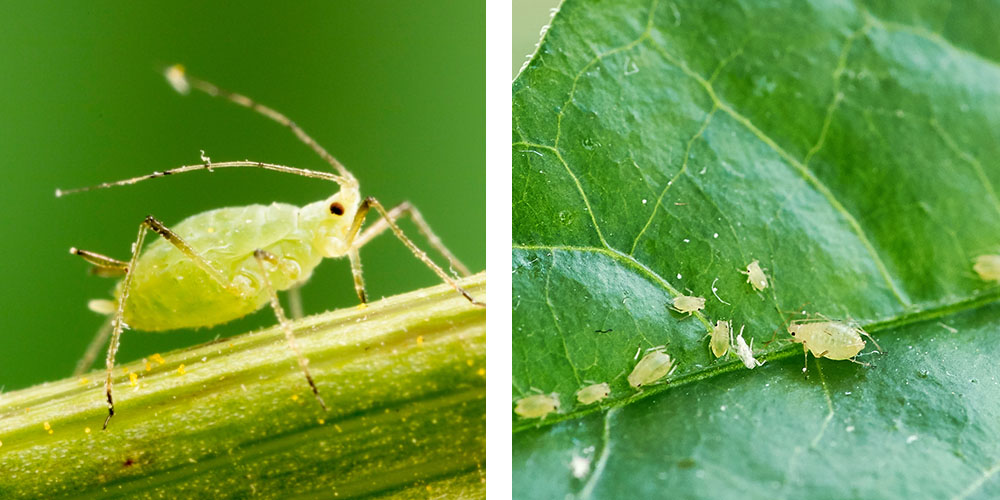 Aphids
Aphids
Aphids are slow-moving, tiny crawling insects that camp on the undersides of leaves and the crooks of plant branches. They feed on a plant’s sap and secrete a sticky waste. A few are not a big issue, but they can multiply and eventually overwhelm a plant. Spraying with water or introducing predatory insects is a good way to manage them.
Cabbage Moths
You’ll find these small green caterpillars invading cabbage, kale, cauliflower, and broccoli. They mature into white moths that lay eggs and spread in your garden. Control them by picking them off or preventing them with mesh row covers, companion plants, and predatory insects.
Leafhoppers
These tiny insects suck sap from your leaves, leaving them spotted, browning, and dry. You won’t usually see them unless you shake the leaves and see the tiny white bugs hopping off. Identifying them early and pruning away infected leaves is the best management method.
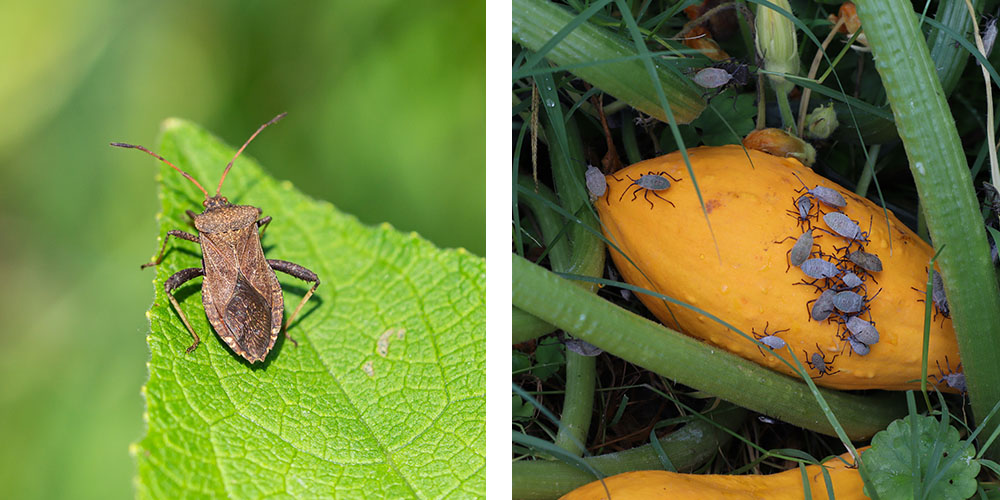 Squash Bugs
Squash Bugs
These dark gray, beetle-like insects can infest your squash, pumpkin, cucumbers, and watermelons. They lay clusters of orange eggs and suck on a plant’s sap as they grow. Row covers, hand picking, crop rotation, and removing infected plants are a few methods to eliminate them.
Colorado Potato Beetle
Potatoes are the plant of choice for these pests, but they also attack eggplant, tomatoes, and peppers. They have striped orange and black backs and lay clusters of orange eggs on the undersides of leaves. Left unchecked, they can easily defoliate a potato plant.
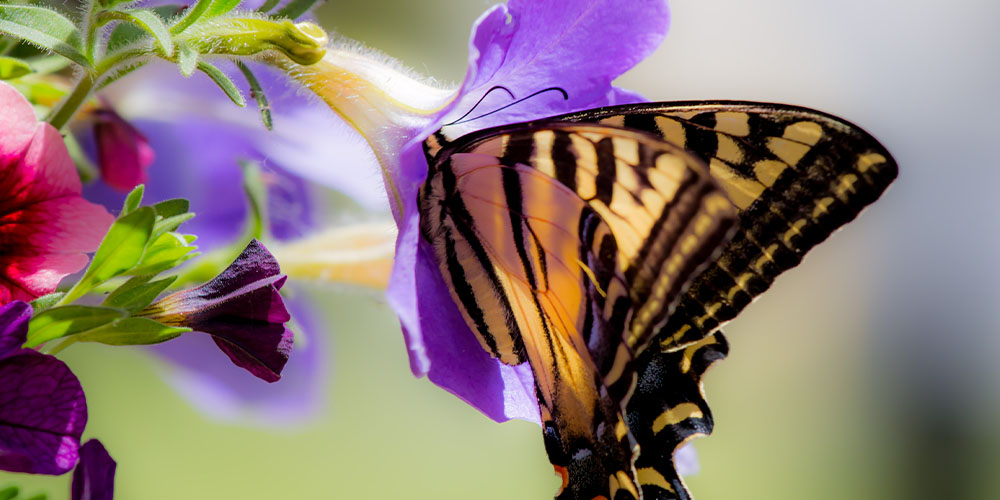 Who Are the Good Bugs?
Who Are the Good Bugs?
The good bugs in our garden far outnumber the “bad” ones. Without beneficial insects, our flowers wouldn’t turn into fruit, dead plants wouldn’t break down into the soil, and pests would multiply unchecked. There are three main kinds that help in our garden:
- Pollinators: gardeners and plants depend upon these helpers to pollinate flowers. They include bees, moths, flies, and butterflies.
- Predators: they prey on other insects, keeping pest populations down and other insect populations in balance. Examples include ladybugs, dragonflies, spiders, and praying mantis.
- Parasitizers: another kind of predator, these insects lay their eggs in pests, and their larvae make a meal of the bad bugs as they grow. Parasitic wasps are one example.
Ladybugs
Needing no introduction, these red and black beetles look innocent enough, but they are fierce predators in the garden. They make quick work of aphids, mites, mealy bugs, leafhoppers, scale, and other pests.
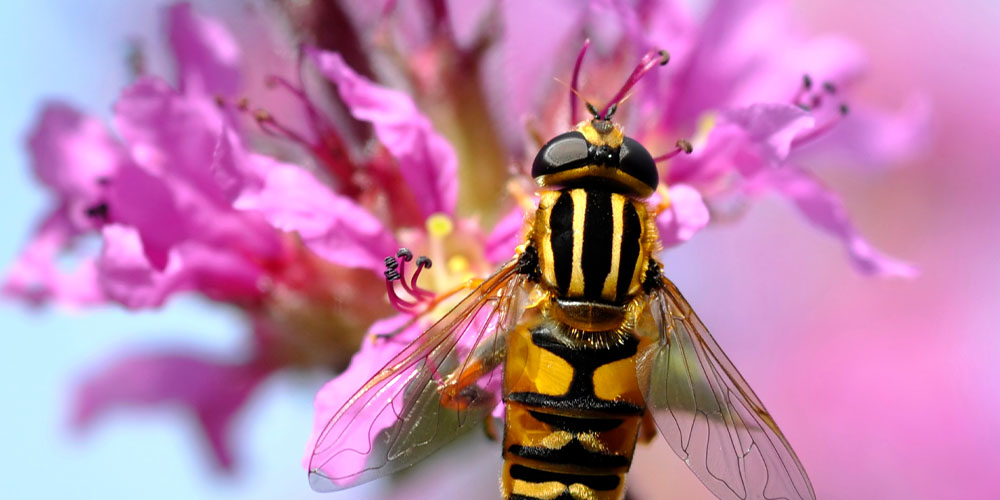 Hoverflies
Hoverflies
If you’ve ever seen a fly masquerading as a bee or wasp, it was probably a hoverfly; they wear black and yellow stripes but don’t have stingers and are important pollinators in the garden. Larvae of hoverflies feast on aphids, caterpillars, thrips, and beetles.
Centipedes
They may look unnerving, but centipedes signify healthy, living soil. They help break down dead matter and prey on pests like slugs, aphids, mites, caterpillars, and beetles. They’ll also feast on other beneficial insects, like moths and spiders.
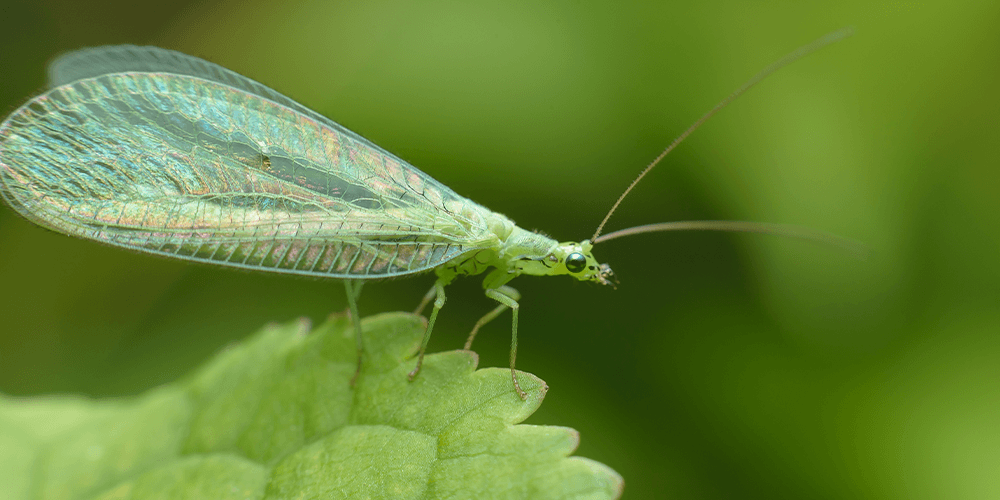 Lacewings
Lacewings
These green flies with translucent, lacelike wings are pollinators when they’re adults but important predators in their larval stage. They feed on the same pests that ladybugs eat.
Ground Beetles
You’ll find many different types of beneficial beetles around your yard. Ground beetles help break down plant debris in the soil and feed on pests like Colorado potato beetles, earwigs, cutworms, slugs, and caterpillars.
Robber Flies
One more of many beneficial predators, these brown, furry flies with long legs are pest-eating machines. They’re completely harmless to humans and very useful in your yard.
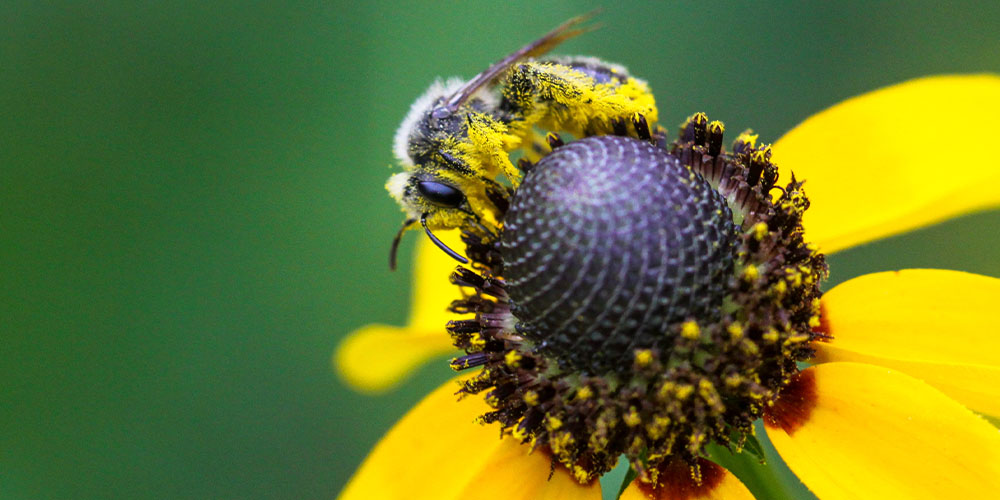 These are just a few of the many insects essential to our gardens’ web of life. Cultivating a wide diversity of plants, especially native ones, is one of the best ways to foster a healthy balance of good bugs in your yard.
These are just a few of the many insects essential to our gardens’ web of life. Cultivating a wide diversity of plants, especially native ones, is one of the best ways to foster a healthy balance of good bugs in your yard.
To see what plants you can add to your garden, or for more information on cultivating healthy soils, pollinators, and beneficial insects, visit our nursery in Pass Christian, Mississippi!
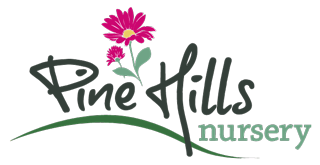
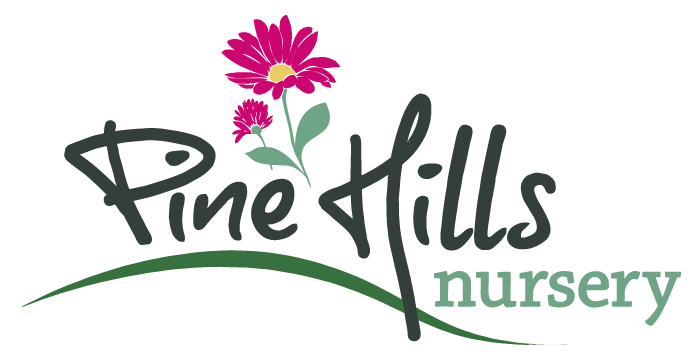
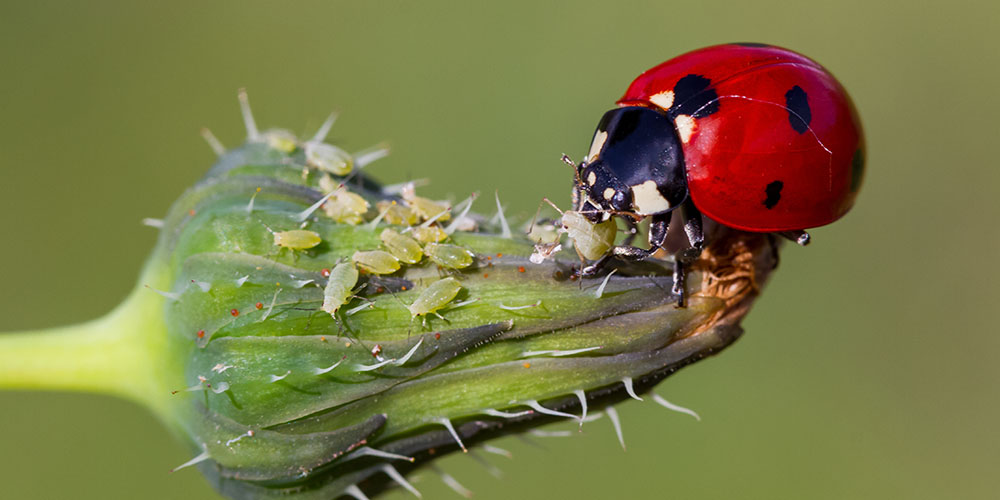


0 Comments